-
Inversion Does Not Equal Subversion: The Day The Crayons Quit by Drew Daywalt And Oliver Jeffers
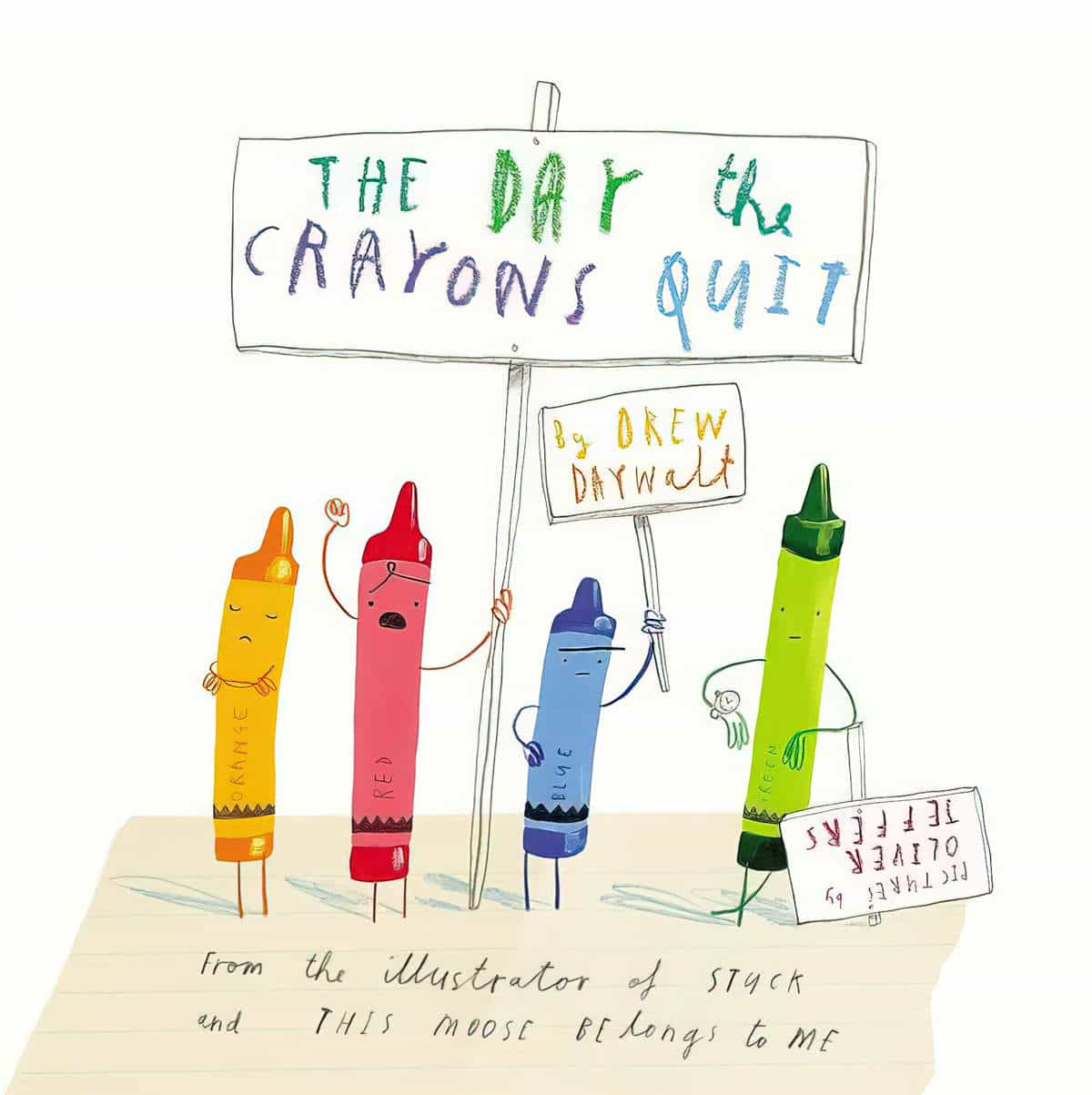
Daniel Craig says “why should a woman play James Bond when there should be a part just as good as James Bond, but for a woman?” “There should simply be better parts for women and actors of colour.” DiscussingFilm (@DiscussingFilm) September 21, 2021 The Day The Crayons Quit is a bestseller made by two picture book
-
Thelma And Louise Story Structure
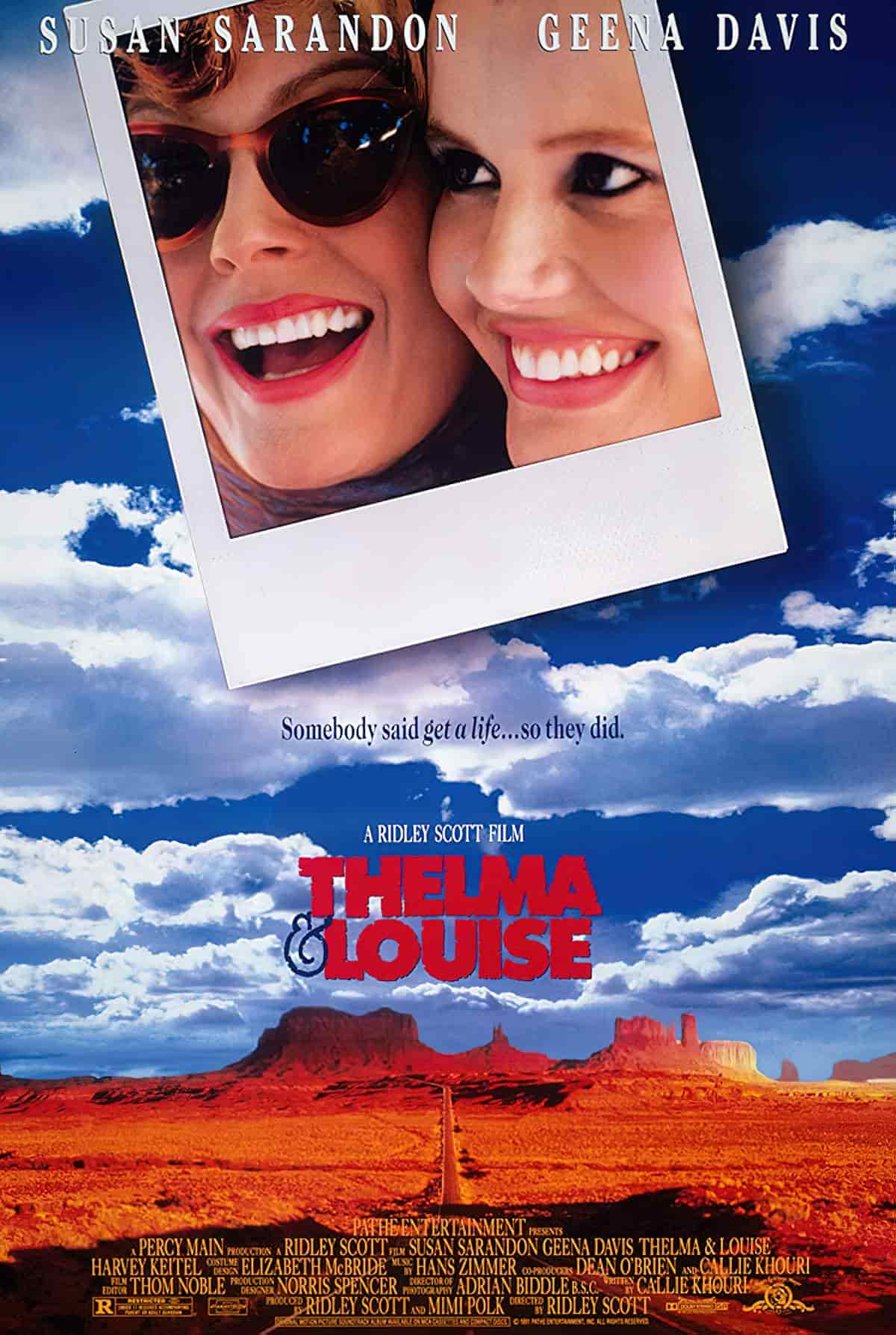
Thelma and Louise is an iconic 1991 film, hailed at the time as feminist. I don’t fall into the camp who consider this a feminist film, but it is still one of my all time favourites. I know Thelma and Louise so well it makes an excellent case study in storytelling technique. While I was
-
Gender Problems In ParaNorman (2012)
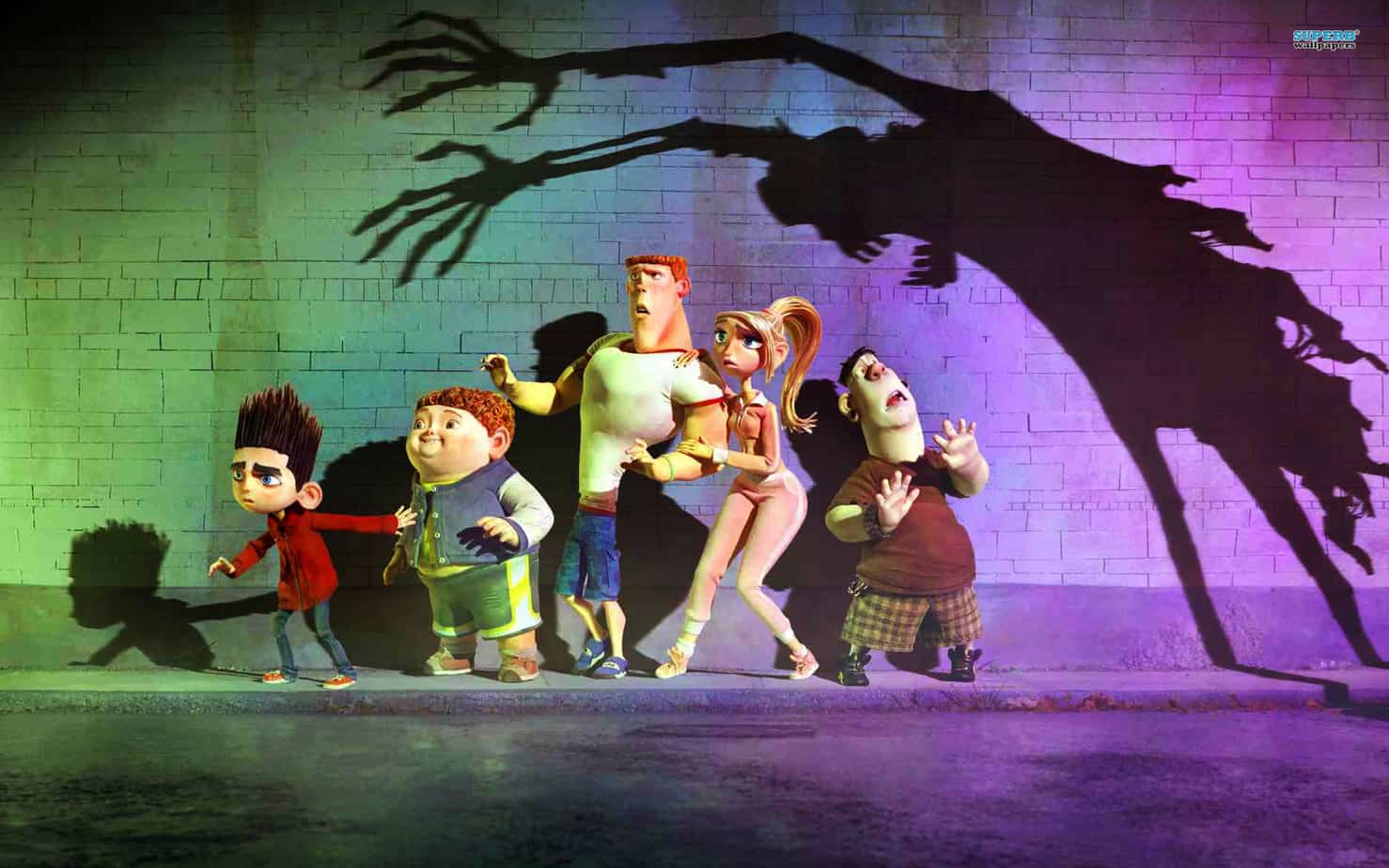
ParaNorman (2012) is an animated zombie flick, light-hearted in its intent, and follows the adventures of an outcast 11-year old called Norman, who sees dead people. They’re everywhere. I identify with Norman, I really do. These days, whenever I watch a kids’ film, all I see are anti-girl references and tropes. These tropes are like
-
Problems With The Redemption Story
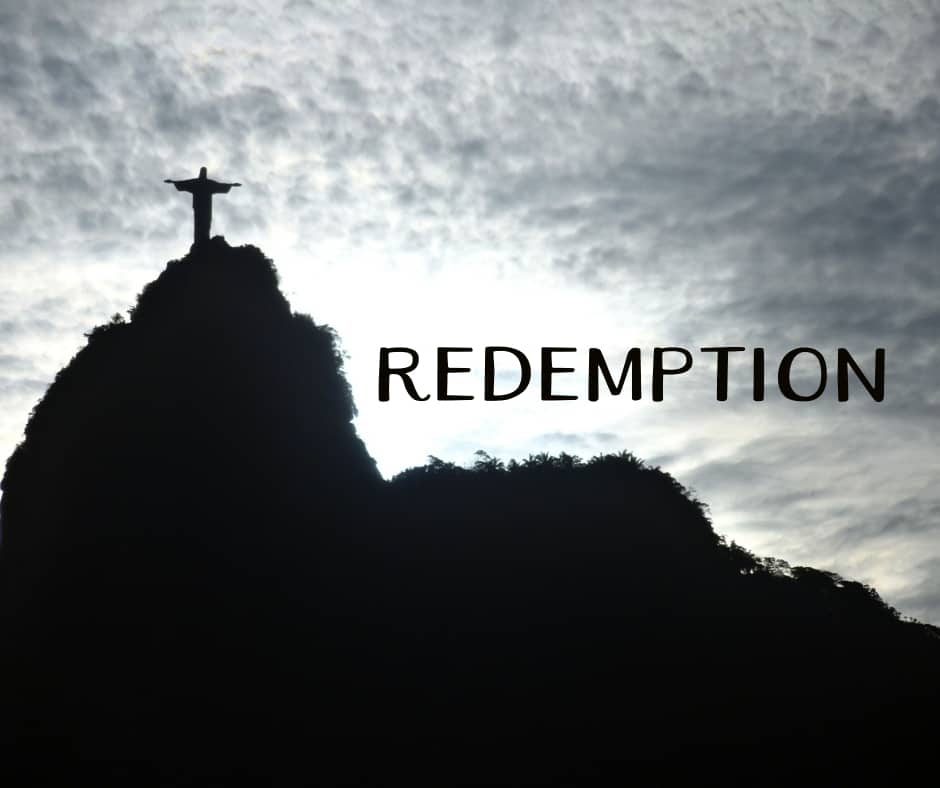
According to Hayden White (American historian), The Redemption Story is one of the Four Grand Narratives of the West. (The others are Greek fatalism, bourgeois progressivism and Marxist utopianism.)
-
Gilmore Girls and Modern Feminism
Why Fans Love Gilmore Girls A Fan’s Notes On Gilmore Girls from The Awl. Is it an UNDERRATED CLASSIC or did you see it when you were 14? Chris Schleicher (@cschleichsrun) November 18, 2020 Watching With Your Kids Here’s a good argument for watching Gilmore girls with your daughter even if you see problems with it.
-
Million Dollar Baby Film Study
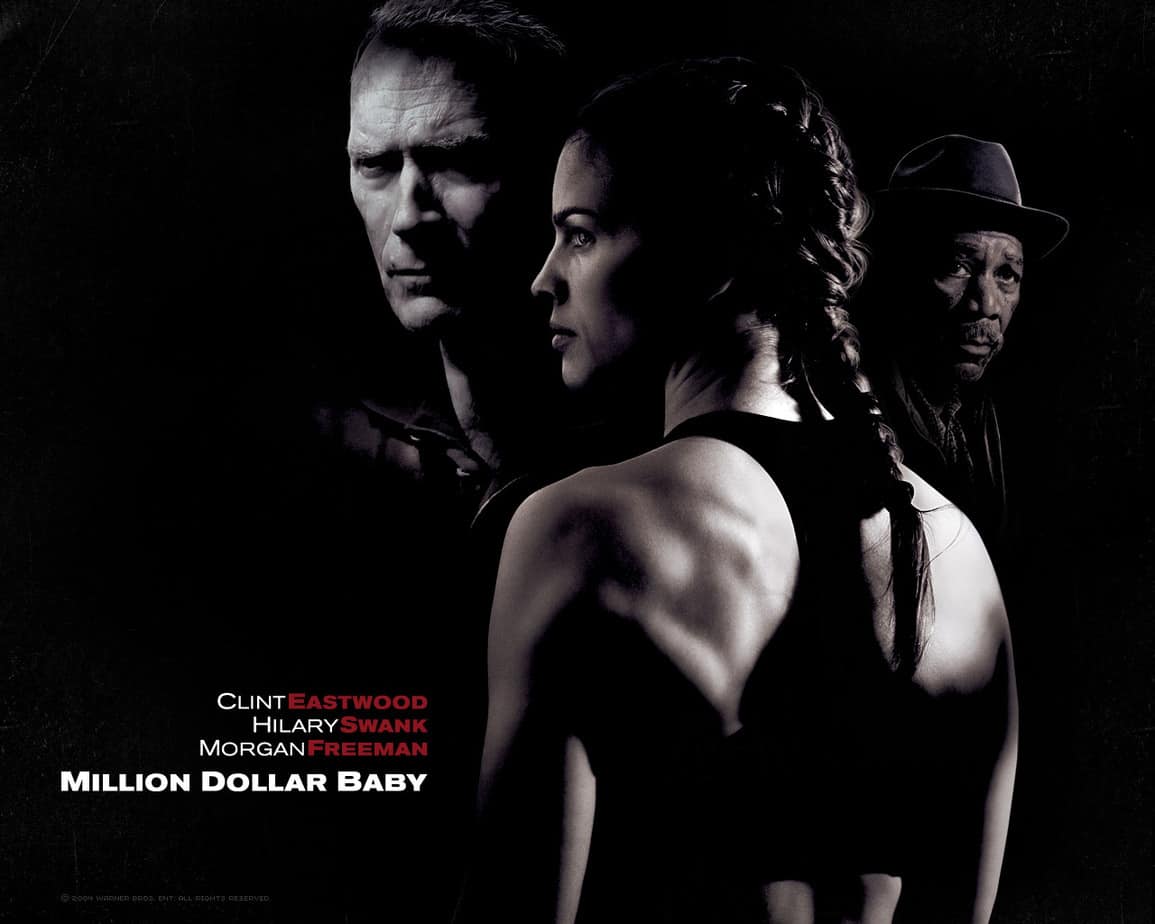
Today is Curmudgeon’s Day, according to Twitter. (Un)happy Curmudgeon’s Day! In that spirit I will take a close look at a film in which a curmudgeonly old man learns to soften up with the help of an earnest and humble young woman. I first saw this film around the time Million Dollar Baby come out and
-
The Problem With The ‘One Big Lie Per Story’ Advice
There’s a rule of writing fantasy which all professional writers are familiar with. (No, I’m not talking about the dangling preposition.) Fantasy writers are allowed one big lie per story. As Michael Hauge writes at his Story Mastery website: The quality that gives every movie its emotional appeal: It isn’t the fantasy element of a
-
Little Miss Sunshine Film Study
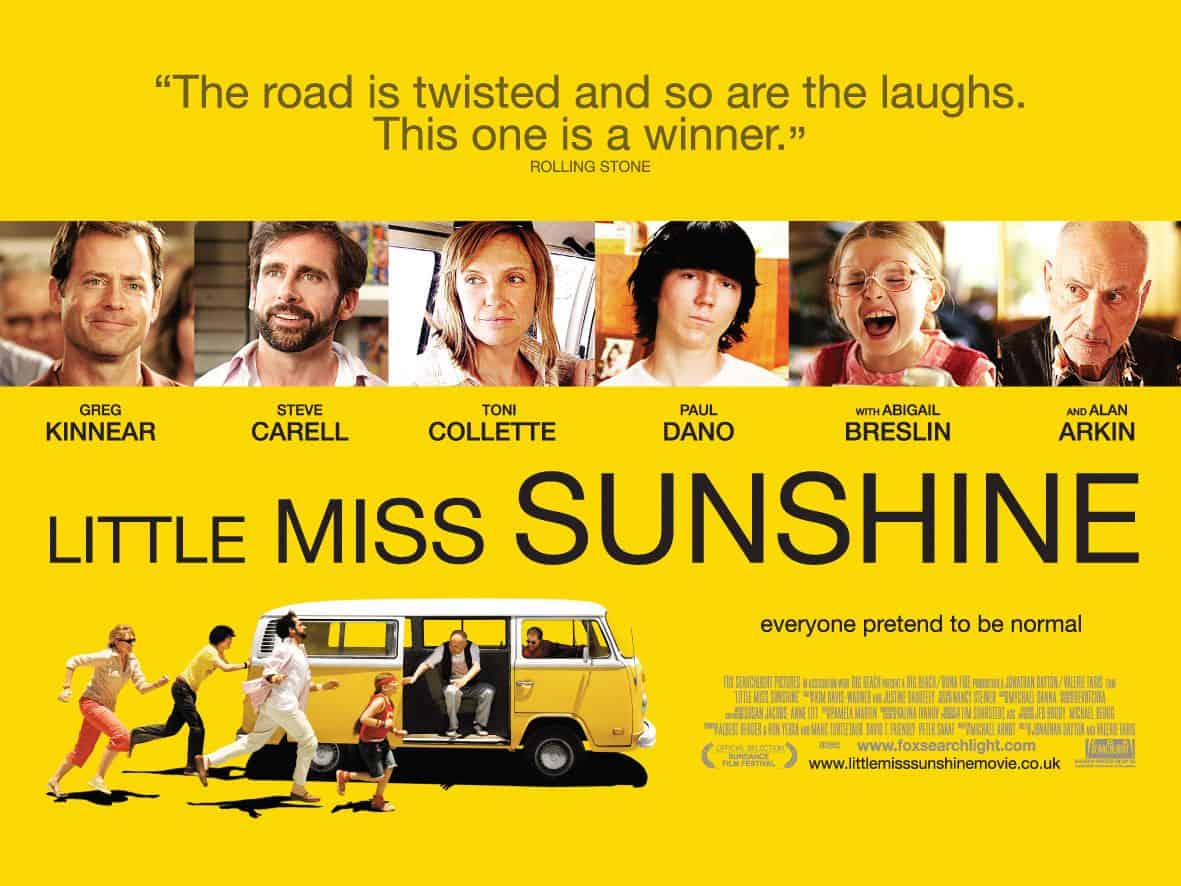
Little Miss Sunshine is a good example of a ‘comic journey’ story structure. For fans of another well-known drama set in Albuquerque, fans of Breaking Bad may be interested to know that both Bryan Cranston and Dean Norris have small roles in Little Miss Sunshine. There’s a ticking clock in this film because the pageant
-
The Female Maturity Formula Of Modern Storytelling
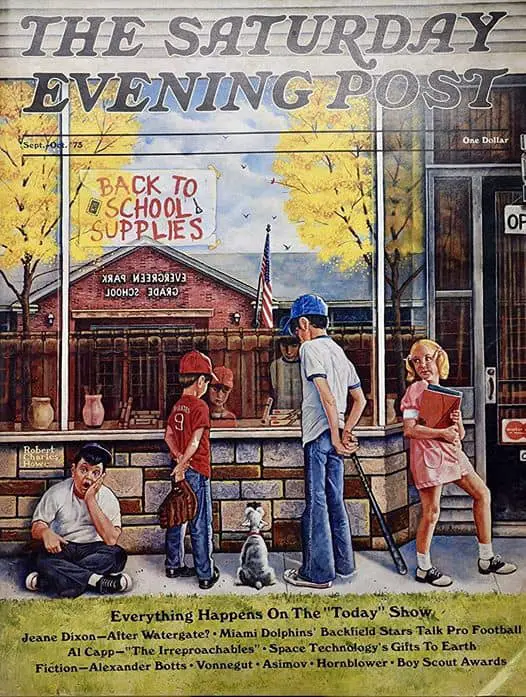
When it comes to modern storytelling in Hollywood animated films for children, Pixar is at the top of the field. In fact, The Good Dinosaur, released late 2015, might have been their very first lemon, depending on what you’re looking for in a film for children.
-
Our Ability To Create Narrative Arcs Improves With Age
Fran: So Manny, tell us all about yourself.Manny: Well, I was born in London…Bernard: Stop right there, David Copperfield. If we’re going back that far we’ll need popcorn or something. Black Books, Manny’s First Day The ability to create a life narrative takes a little while to come online—the development process gives priority to things
-
Romantic Comedies
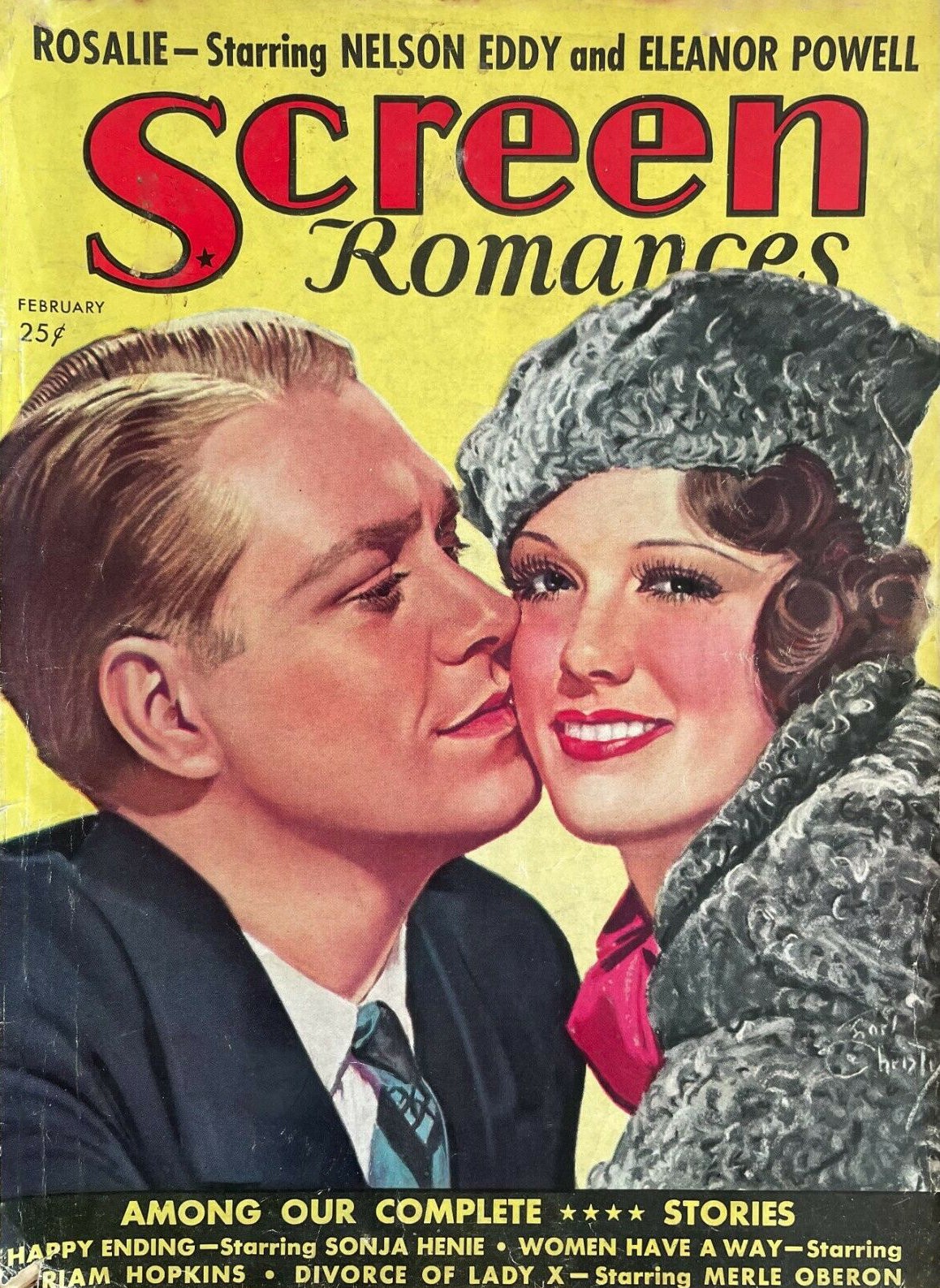
Notes on the genre of romantic comedy.
-
Gravity (2013) Film Study
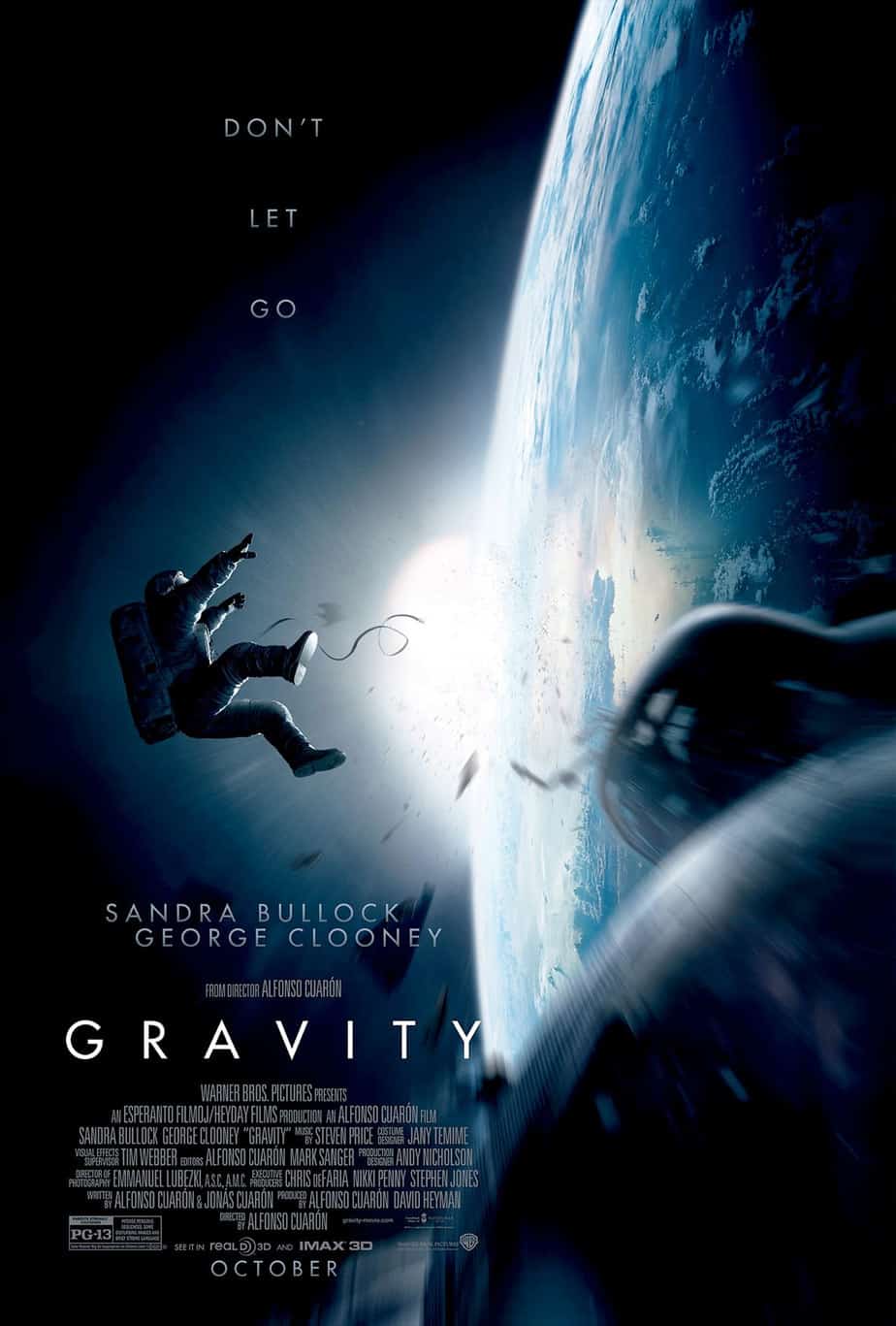
Gravity is a science fiction film from 2013, with a strong mythological, Christian influence.
-
Rare Interview With Author Janet Frame
This is a radio interview, transcribed and published in Landfall 178 (Volume forty-five, June 1991) between Janet Frame and Elizabeth Alley.
-
Film Study: Contact (1997)
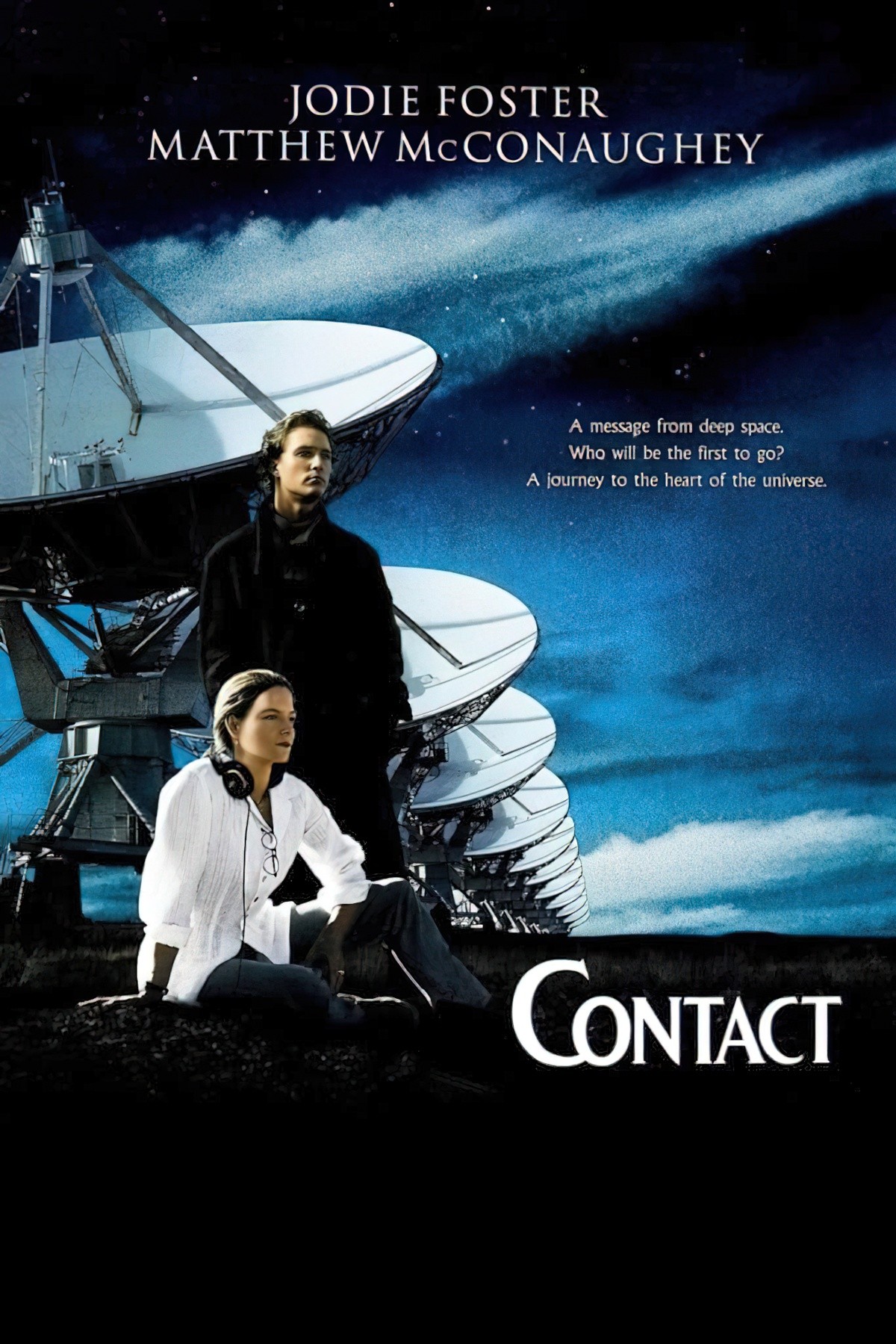
I recently found a copy of Carl Sagan’s 1985 novel Contact at the second-hand store. I already knew that Carl Sagan was a brilliant thinker and that he wrote this book of fiction as a way of playing with some ideas he had about what might happen if humans were to make contact with an extra-terrestrial intelligent life
-
Planes Trains and Automobiles
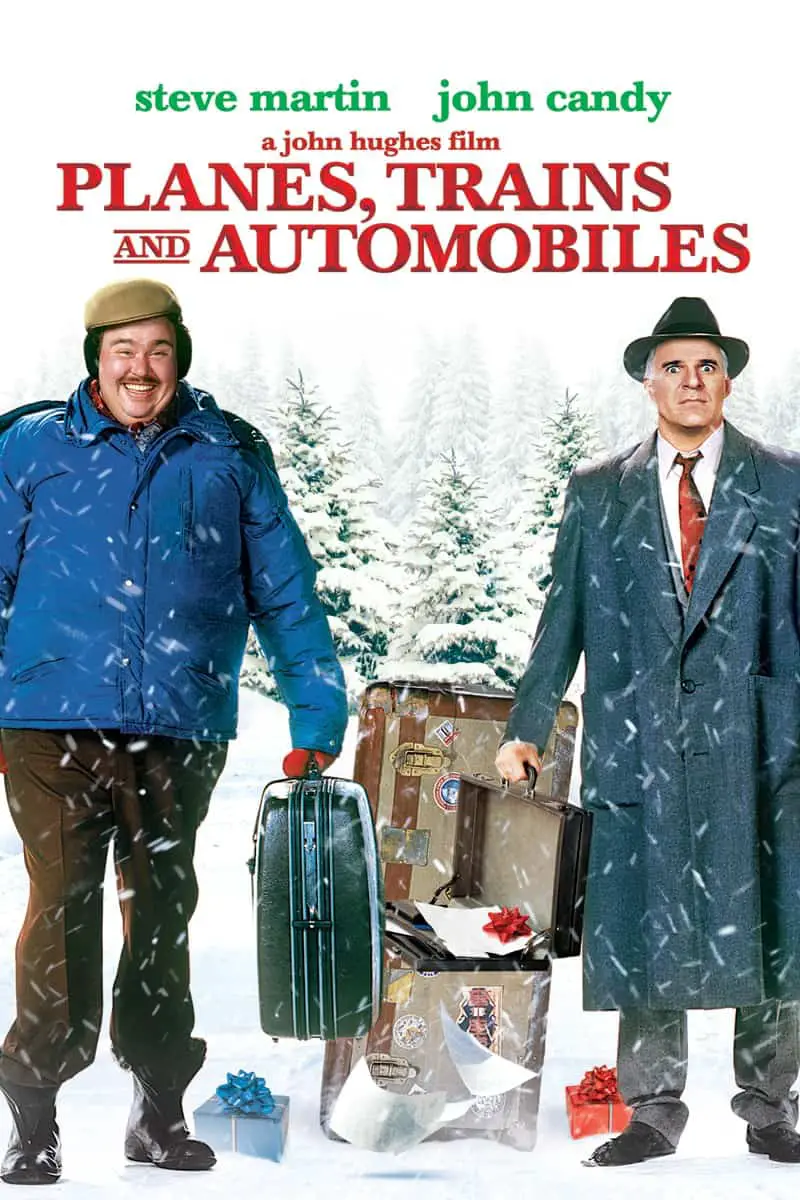
Planes, Trains & Automobiles is a thanksgiving comedy from 1987. The film has been given an R rating — not, as I expected, because of the pillow scene, but because of the cussy airport scene. [Hughes] is not often cited for greatness, although some of his titles, like “The Breakfast Club,” “Weird Science,” “Ferris Bueller’s